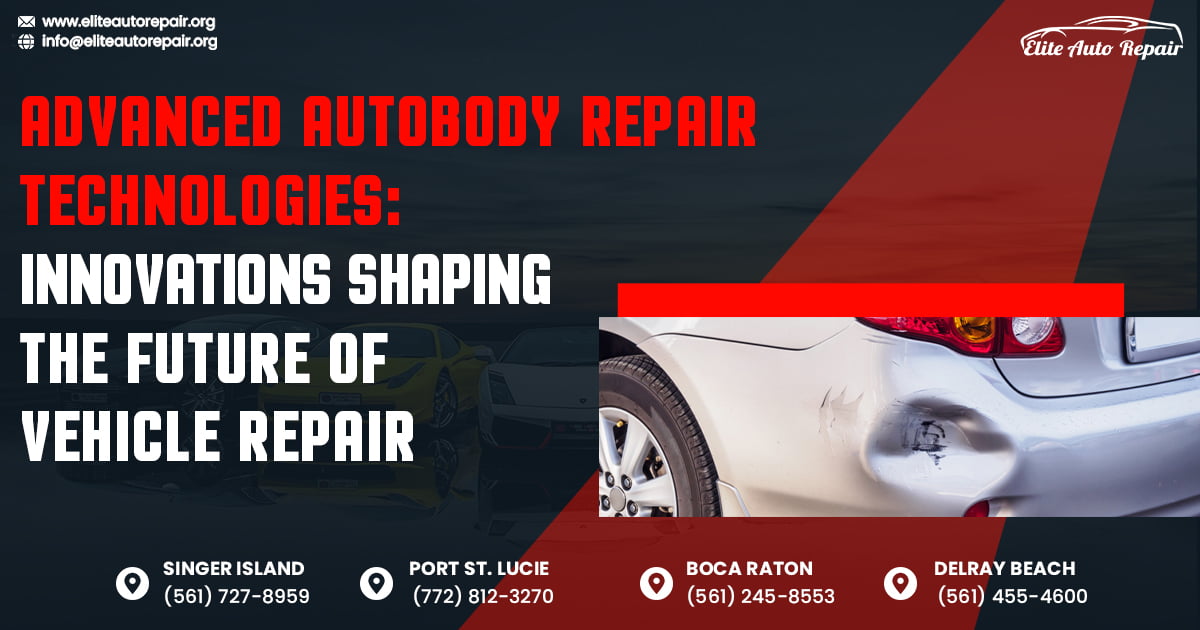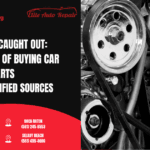To identify the severity of dents and scratches on your car, it’s essential to understand the different types of damage and their implications. Dents can be categorized into five main types: crease dents, which are long and shallow but can severely affect the car’s body lines; round dents, typically caused by hail or round objects, which are usually easier to repair unless they are deep; hail dents, which can vary in depth and severity and may require replacement parts if the damage is extensive; sharp dents, resulting from sharp objects that penetrate the metal, often necessitating immediate repair due to potential structural risks; and extreme dents, caused by significant impacts that can affect both the body and internal components of the vehicle. Scratches should also be assessed for depth; if they penetrate the paint and expose bare metal, they may lead to rust if left untreated. Overall, a thorough inspection considering the type and extent of the damage is crucial, and consulting a professional for evaluation and repair options is advisable to maintain the vehicle’s integrity and value. When it comes to dents and scratches on your car, it’s important to identify their severity to determine the appropriate course of action. Whether you’re considering Automotive repair options or assessing the impact on your vehicle’s value, understanding the extent of the damage is crucial. In this blog post, we’ll guide you through identifying the severity of dents and scratches on your car.
Assessing Dent Severity
Dents can be categorized into three main levels of severity: minor, moderate, and major. To assess the severity of a dent, consider the following factors:
Size:
Measure the diameter of the dent. Minor dents are typically smaller than an inch, while major dents are larger and may involve multiple panels.
Depth:
Run your fingers gently over the dent to gauge its depth. Minor dents are shallow and may not be noticeable from a distance, while major dents are deeper and more pronounced.
Location:
The location of the dent can also impact its severity. Dents on the roof, hood, or trunk are generally less severe than those on the doors or fenders, as they are less likely to affect the vehicle’s structure or functionality.
Evaluating Scratch Severity
Scratches can also be classified based on their severity. To assess the severity of a scratch, consider the following factors:
Depth:
Examine the scratch to determine how deep it goes. Scratches that only affect the clear coat are less severe than those that penetrate the paint layer and reach the underlying metal.
Length:
Measure the length of the scratch. Shorter scratches are generally less severe than longer ones.
Location:
The location of the scratch can also impact its severity. Scratches on the hood, roof, or trunk are less noticeable than those on the doors or fenders, which are more visible.
Identifying Hidden Damage
In some cases, dents and scratches may not be immediately visible, but they can still cause significant damage to your vehicle. Be on the lookout for signs of hidden damage, such as:
Misaligned panels:
Check for gaps or inconsistencies between panels, which may indicate underlying structural damage.
Unusual noises:
Listen for any unusual driving noises, such as rattling or creaking, which could signify loose or damaged components.
Difficulty opening or closing doors:
If your doors are sticking or difficult to open or close, it may be a sign of frame damage. If you suspect hidden damage, it is best to have your vehicle inspected by a professional to ensure its safety and integrity.
Conclusion
Identifying the severity of dents and scratches on your car is important in determining the appropriate course of action. By considering factors such as size, depth, and location, you can assess the extent of the damage and make informed decisions about repair options or the impact on your vehicle’s value. Remember, if you’re unsure about the severity of the damage or suspect hidden issues, it’s always best to consult a professional for a thorough inspection.














